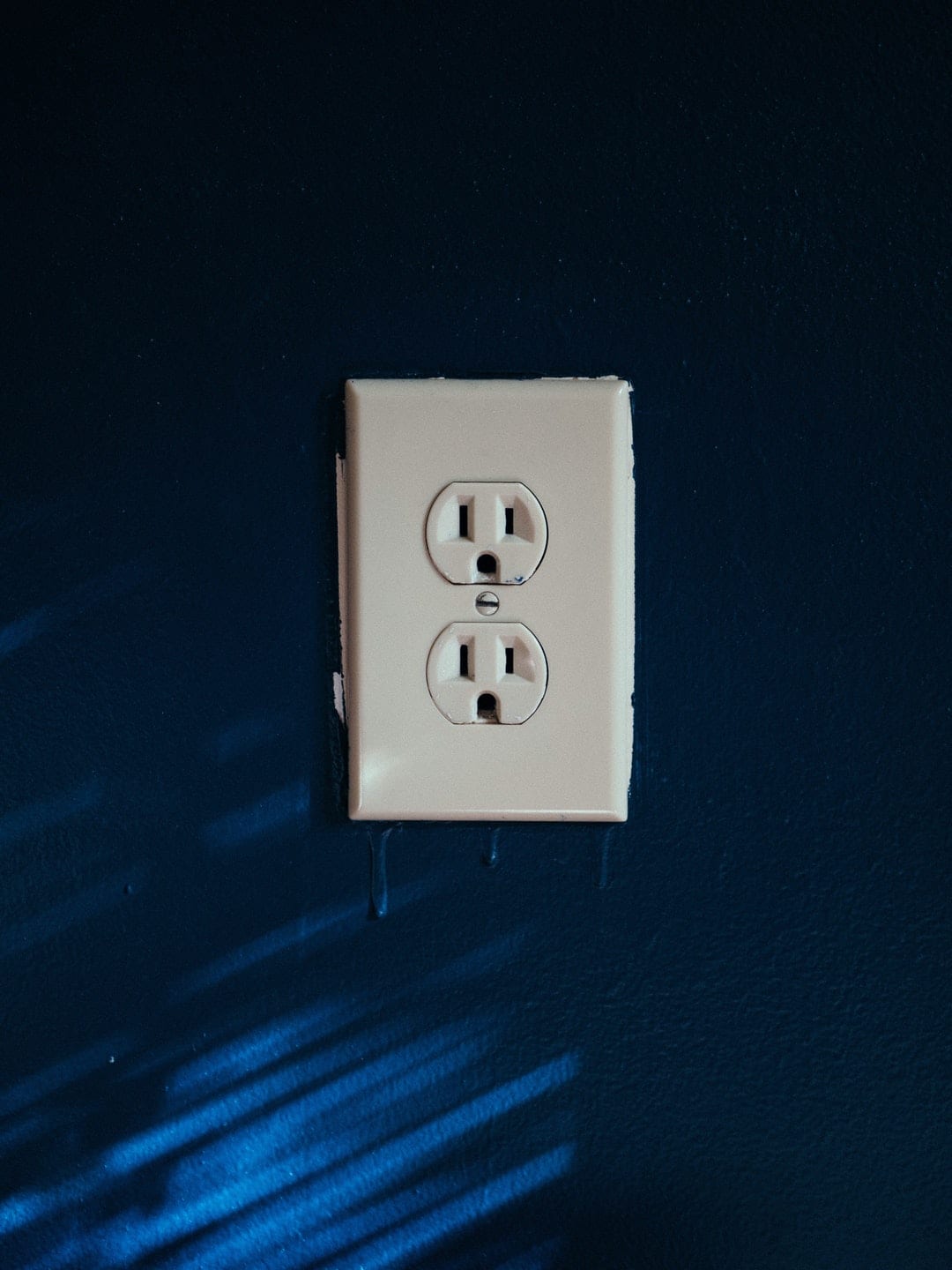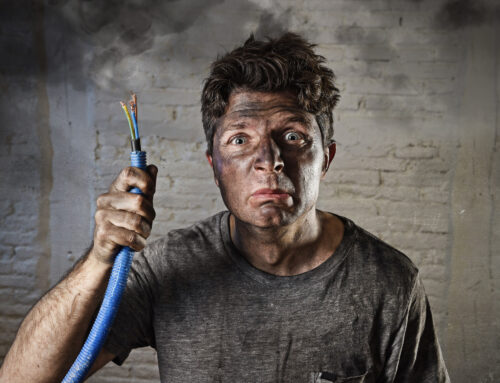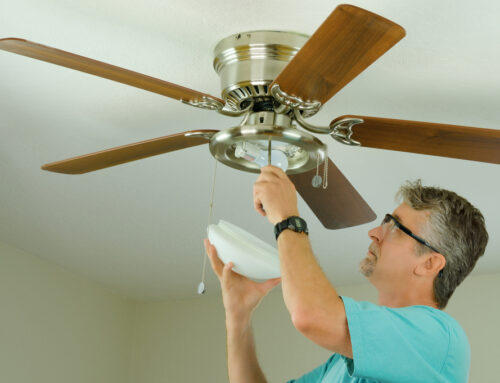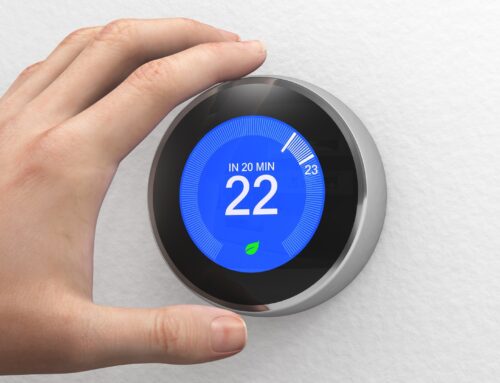Maybe all you really know about outlets is that sticking a fork in one is a bad idea (hopefully not from personal experience). But these seemingly simple devices are actually more complicated than you might think.
Before you install an outlet, you’ve got to understand the birds and the bees of electronics. That is, how electricity works and how outlets relate to plugs. Doing it wrong could mean a house fire or electrocution.
Electricity causes an estimated 51,000 house fires each year. You don’t want your house to go up in smoke due to your mistakes.
This is why today we’re going to give you a bit of insight into how outlets work and what it takes to install one. Let’s plug in.
How Does an Outlet Work?
The technical term for an outlet is a receptacle. As in, it receives the male end of the plug.
Most of the outlets you see in your home will be standard receptacles. The majority of appliances plug into this kind of outlet.
It’s Hot!
For the longest time, these plugs only featured two holes for your plug. You’ll see now there is a third hole in most standard outlets. This is for the ground pin.
You will also notice that the right vertical slot is slightly longer than the left. The longer slot is the “hot” slot and the shorter one is the “neutral” slot.
For most appliances, the direction the electricity flows is important. To complete the circuit and run the appliance, you need electricity to flow from the hot slot through the device and out into the neutral slot.
The neutral slot goes to the same wire as ground. And ground goes to where you might have guessed, the ground.
What’s the ground for if the neutral and ground go to the same place?
The ground is a safety feature for devices with metal casing like laptops and desktop computers. If the electrical wiring in the computer were to come lose and touch the metal casing, without a ground prong, the computer would shock you and possibly kill you.
With the third prong in place, instead of the rampant electricity coursing through your body, it goes back into the electrical system and causes the breaker to flip. Your appliance won’t work at that point, but you won’t get shocked either.
Why Does it Matter How I Wire an Outlet?
Fortunately, breakers exist. Most of the time, if you wire an outlet wrong, plugging into the poorly wired outlet will just surge the circuit and flip the breaker.
But, if you wire an outlet wrong, you’re really risking electrocution. This happens if you insert the plug partially and touch the exposed prong or wire.
Don’t approach electricity lightly. Electrical hazards cause more than 300 deaths each year and 4,000 injuries.
Poorly installed electrical outlets could cause a short, a spark, and thus a fire. This is especially true if your outlet is near any kind of insulation.
How Long Does it Take to Install an outlet?
To answer the original question: how long does it take to install an outlet? As long as it takes to do it properly.
If you want someone who can install your electrical outlets safely and properly, contact us. We’ll get you up and running in no time.






